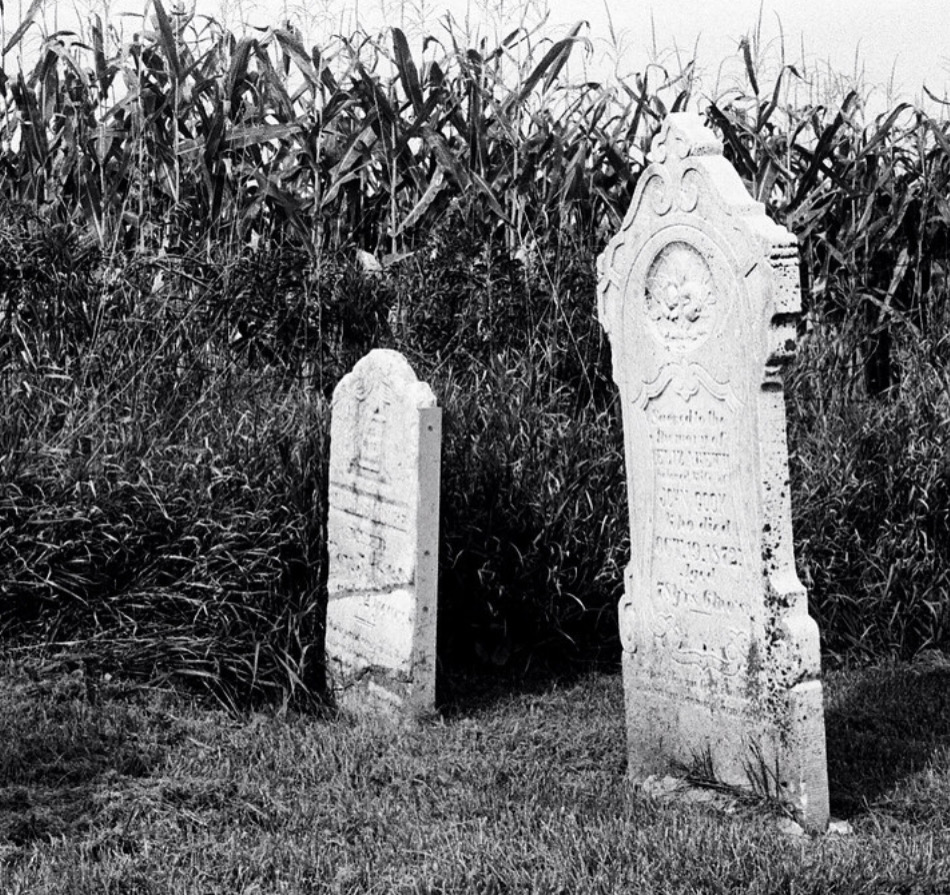
This flash fiction piece was originally published on PAPER (shock) in February 2022. No. 17 is about a man’s search for something in an Iowa cornfield. Strangely enough, it was a UK publisher that picked it up.
When I received my contributor’s copy of Hungry Ghost Magazine, I was blown away by the production value. Not only were the stories top notch, but the graphics were astounding. Do yourself a favor and buy Issue Two, but if you want to read my story, have at it.
No. 17
by DL Shirey
“Long way from home,” the old man said. He raised the crossed leg to point a foot at my Oregon plates. Eighty if he was a day, a stereotype in overalls. When I asked about my destination, he waved a whittling knife vaguely northwest, “That-away. Yonder. Three, four miles as the crow flies.”
Those were the extent of his directions as he returned to his work. He sat on a weathered bench, in front of a fresh square of plywood where feed store windows used to be. He unwrapped one bony knee, switched up the other and repositioned something in his lap. Adjusting glasses down his long nose he dipped his blade. A butter-curl of wood joined others at his feet.
“Whatcha working on?” I asked to be polite, my elbow poking out the car window.
He held up a hunk of wood the size of a fist. In fact it was a fist: perfectly proportioned knuckles, a thumb curled beneath, middle finger extended. His emotionless face didn’t indicate if he was proud of his handiwork or sending me a message.
I drove out yonder. No bars on my phone, no internet, only a paper map I’d brought just in case. A green apple sat uneaten in one of two cupholders to my right. The radio dial scanned nothing but staticky bluegrass fiddles and a talk show on soybeans, crystal clear. With every pothole, a paroxysm of jiggles came from the dashboard hula girl; a gift my wife gave me on our first road trip. Early on these driving holidays were pretext for bed-and-breakfast stays. After number four she started making excuses not to go.
Turned at an intersection to a one-lane road, arrow straight. Irrigation ditches lined both sides, it hadn’t been paved since Eisenhower. Above the unending horizon of adolescent stalks appeared a spiked fencetop of ornate iron. I never would have found Chapfall Cemetery if this had been September when the corn was high. The hump on which it stood was the highest ground for miles, a shoulder blade on the taper of Iowa’s smooth green back. Had there ever been a path to the cemetery, it was now furrowed farmland.
The car left behind, I picked a row and shouldered my way through a constant flap of flat leaves. The sound reminded me of sparse applause from an audience anticipating a play, when the first actor mounts the stage. My wife had always done community theater and her participation increased as we both sought diversions other than marriage. I would take weekends by myself or extend business trips as excuses for my new avocation. Numbers ten and eleven were found in New England.
As I trudged past the last stalks a perched crow took wing, both of us startled. The gate was cracked open, its thick chain draped through a curlicue of metal, an ancient padlock dangling at the end. The gate pushed open easily, with barely a squawk from its old hinges.
The graveyard held a few dozen stones, nothing fancy, save for one obelisk on the grave farthest away. The grounds were long instead of square, at most four plots wide. No caretaker was present, but the place was well kept. A rusty pushmower, blades honed sharp, was propped against the fence; beside it stood a rake and shovel; next to them a plastic bin holding a harvest of weeds.
Aside from its paucity, the cemetery wasn’t unlike the others I’ve visited. And like the others, a website, the Who’s Who of burial locations, pointed me here. At each one I search for a single name, walking among upright stones and markers laid flat against the earth to find him.
An arch of granite rose four rows up and three graves over. The family name spanned the headstone’s gray length, two occupants described beneath it. I retraced my steps and redocumented my discovery by taking photos. Then in morbid fascination I stretched out atop the grave, admiring the view. Feet facing east, as was tradition then, the direction for which you watched Christ’s coming. I saw nothing but a V of birds winging north.
From this prone position, I snapped another shot of the sky and those birds. It seemed an eternity since someone had been with me to take my picture while lying on a grave. The one with my name chiseled in the stone.
I was no ghost visiting buried remains. This was not a nightmare projection of my afterlife. It was me and a man with only two things in common: first and last name. To my knowledge we were not related. I only know what is written in memoriam, that he was put to rest at age 95, with his wife, Mary Agnes, soon thereafter laid beside him.
Nine more to go. Anything after was too far in the future to think about. So I tucked my phone into the pocket of my shirt, my back on mown grass. I closed my eyes to listen. There was nothing but the hiss of corn, building as the wind moved. I heard it long before I felt the breeze.
END